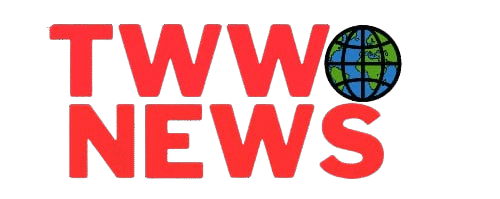The United States has officially rolled out a new tariff structure under President Donald Trump’s executive order, shaking up trade dynamics across South Asia. Effective August 7, 2025, the U.S. will impose a 25% tariff on Indian exports, while Pakistan will face a lower rate of 19%.
Trump’s administration cited India’s “unfair trade practices” and continued defense cooperation with Russia as reasons for the steep tariff. Key Indian sectors like textiles, agriculture, and electronics are expected to feel the pressure, with analysts predicting a potential 30% drop in exports to the U.S. over the next fiscal year.
In contrast, Pakistan recently signed a new trade and energy agreement with Washington, securing a more favorable tariff rate. The deal includes joint development of Pakistan’s oil reserves and aims to boost bilateral cooperation. Pakistani officials hailed the agreement as a “win-win,” with Finance Minister Muhammad Aurangzeb calling it a “strategic breakthrough.”
📊 Tariff Comparison: | Country | Tariff Rate | Notes | |————-|————-|——————————————–| | India | 25% | Penalized for trade barriers & Russia ties | | Pakistan | 19% | Rewarded for new U.S. trade agreement | | Bangladesh | 20% | No formal deal, but lower rate | | Canada | 35% | Penalized for diplomatic decisions | | China | 30% | Existing tariff remains unchanged |
Indian Prime Minister Narendra Modi responded cautiously, stating that India remains committed to a “fair and balanced” trade relationship but will protect its national interests. Meanwhile, Pakistani leaders are optimistic about increased exports, especially in textiles and electronics, where they now hold a competitive edge.

